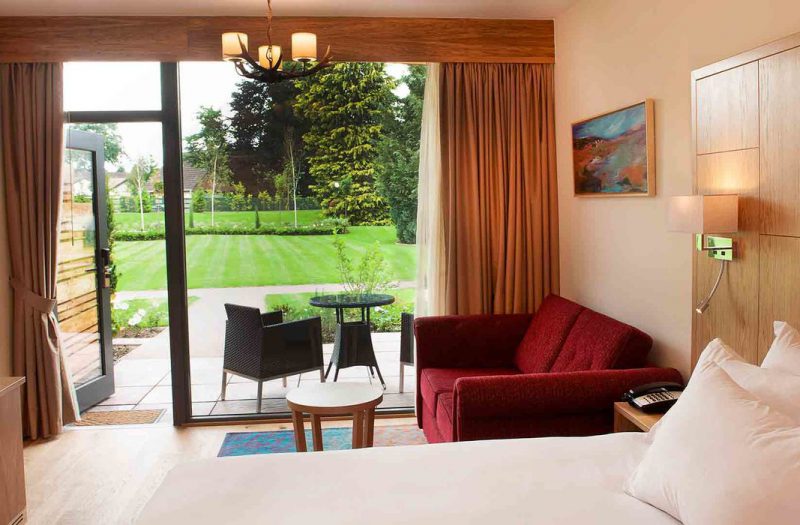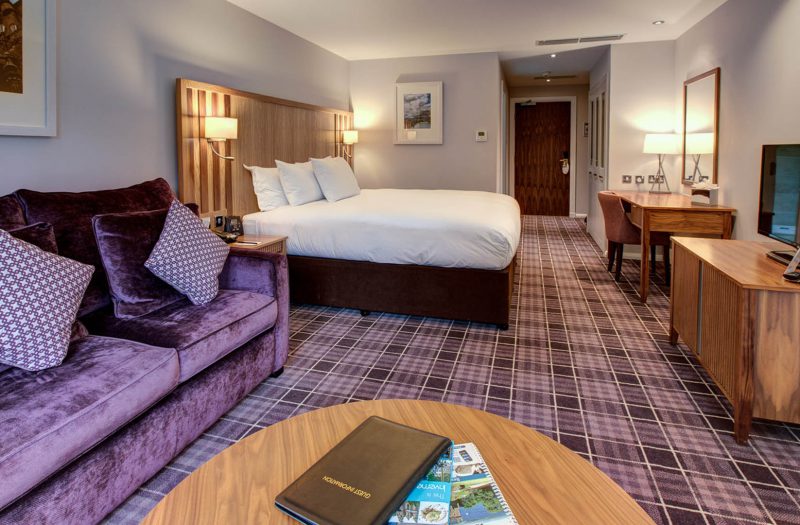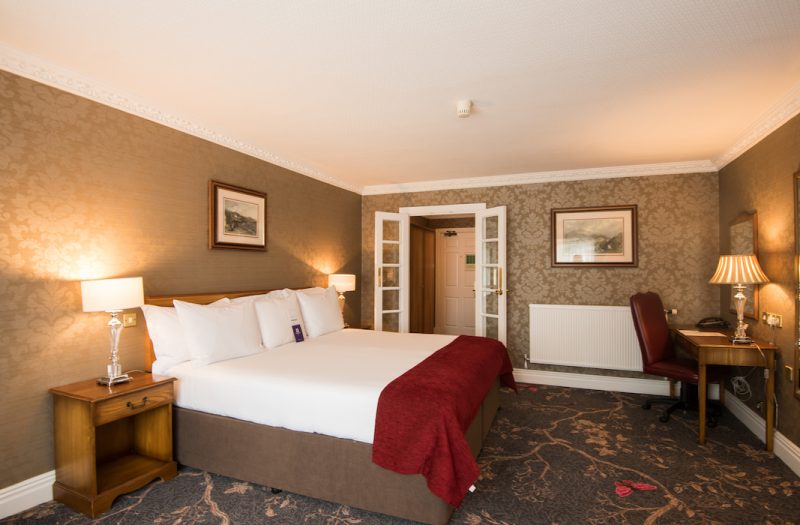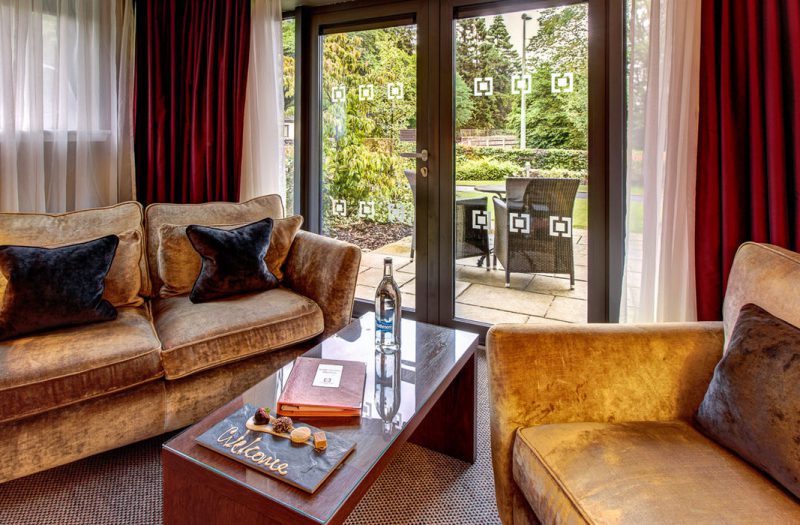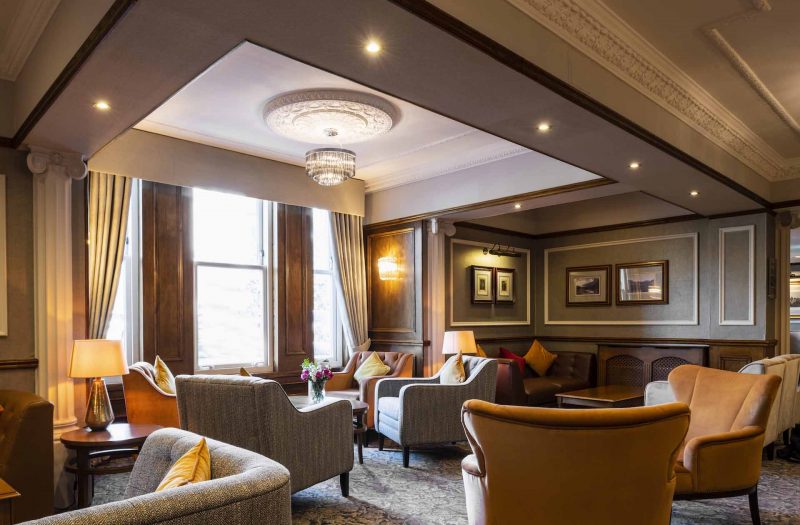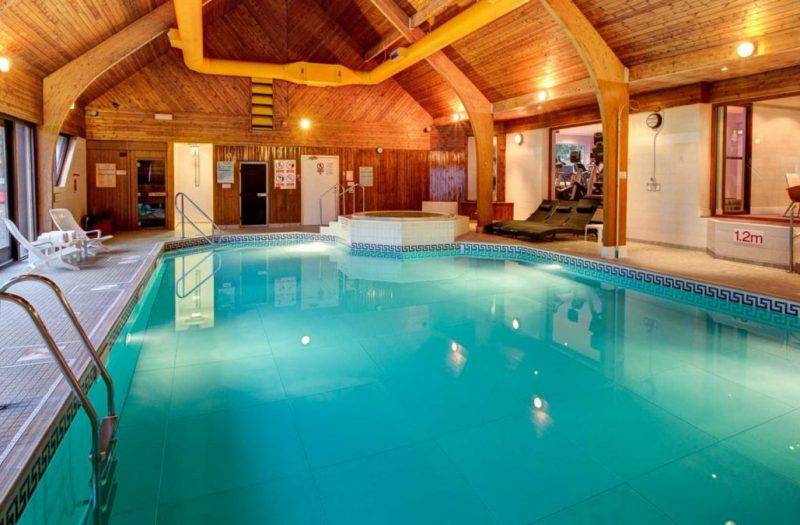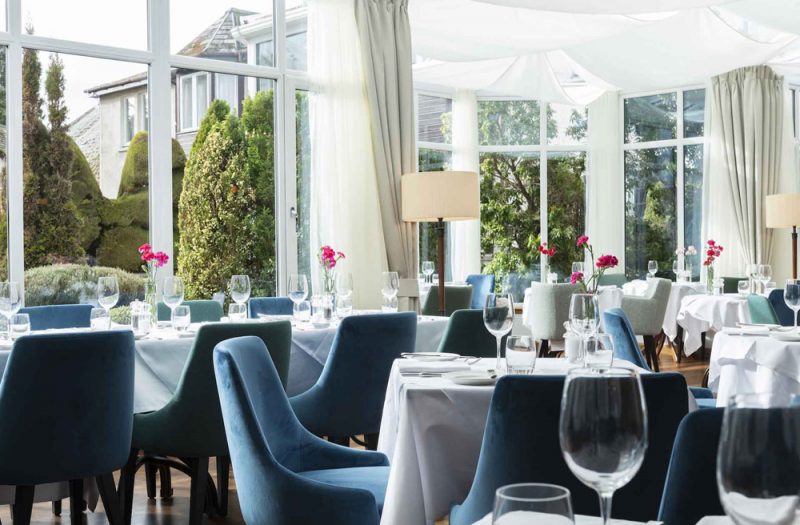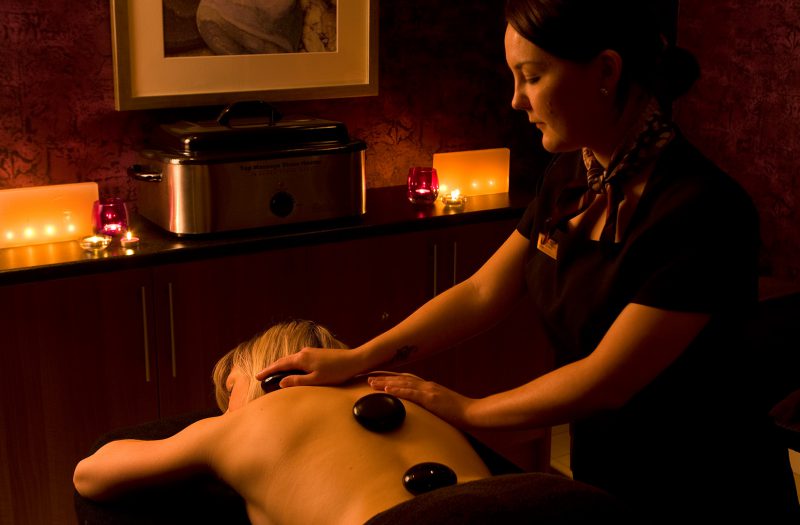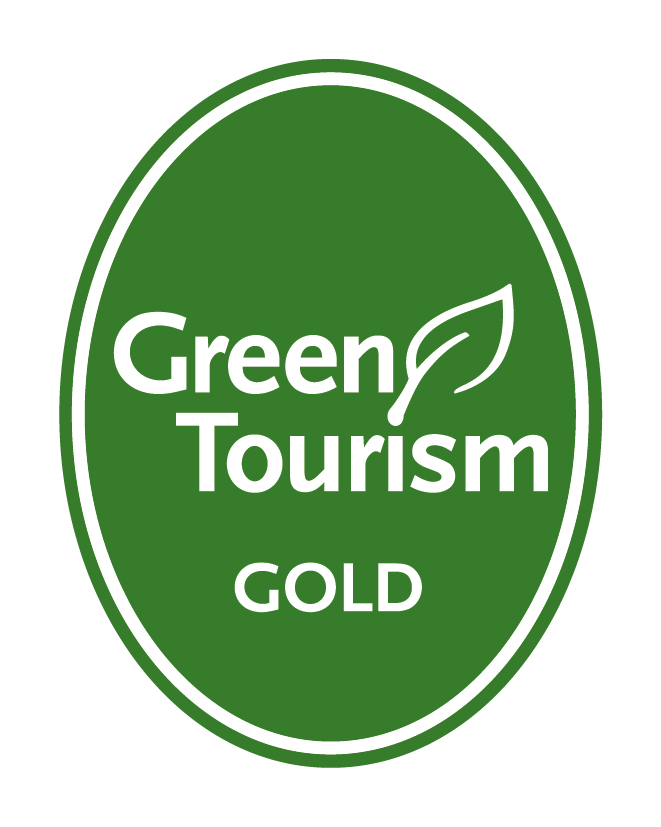The Kingsmills Hotel Through The Ages
The history of The Kingsmills Hotel
With a rich and diverse history dating back to the 18th century, the Kingsmills Hotel has been a beacon of luxury and accommodation in the city of Inverness for centuries. Home to enigmatic philanthropists, battle-weary soldiers and legendary Scottish icons, the journey from the ol’ King’s Mill to the Kingsmills Hotel and Spa has helped shape the history of Inverness.

The King’s Mills
In 1150, the small town of Inverness sprung up around the castle. As a Royal Burgh, private milling was forbidden. All meal had to be ground in one of Inverness’ three King’s Mills: the Cannack Mill or Balloch-hill Mill on the Castle Haugh, the Bught Mill, and the King’s Mill. It wasn’t until 1575, when control of the Mills passed to the Burgh, that burgesses stopped paying their “Mill-dues”. The mill operated until the late 1950s, before serving as a store and an office until the early 1980s when it was demolished.
The first house on the site was built over 200 years ago. Its structure has been incorporated into the present building, and it was given the name “Kingsmills House” after the adjoining historic King’s Mill.
The Inglis Legacy
From the second half of the 18th century the Kingsmills Estate was home to the Inglis family. William Inglis, Provost of Inverness in 1797, played a significant part in the history of Inverness. Following in the steps of his father, William joined the town council in a bid to see the town flourish. He worked hard creating and developing new roads and driving trade to Inverness. He played a significant part in the creation of the Steeple on Bridge Street, as well as the Royal Northern Infirmary. A true philanthropist through and through, he helped establish Inverness as the capital of the Scottish Highlands.
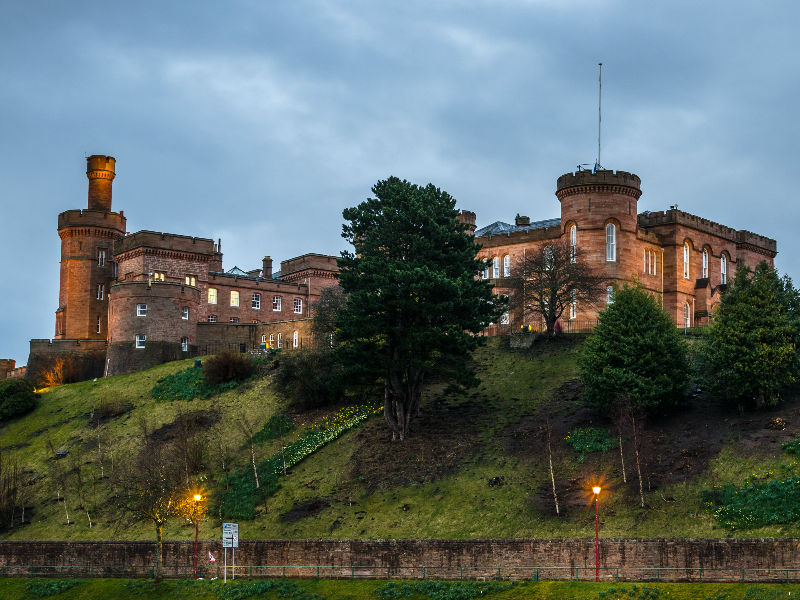
The Great Rabbie Burns
In 1787, the esteemed Scottish poet, Robert Burns, left Edinburgh for a tour of the Highlands. While no mention of the poet’s arrival was announced in the local press (an oddity to be sure), Burns and his travelling companion arrived at the Kingsmills to dine with Mr and Mrs Inglis. In correspondence between Burns and Inglis, our favourite Scottish poet praised Mr Inglis for the hospitality offered. And so the start of a long heritage of hospitality within the Kingsmills walls began.
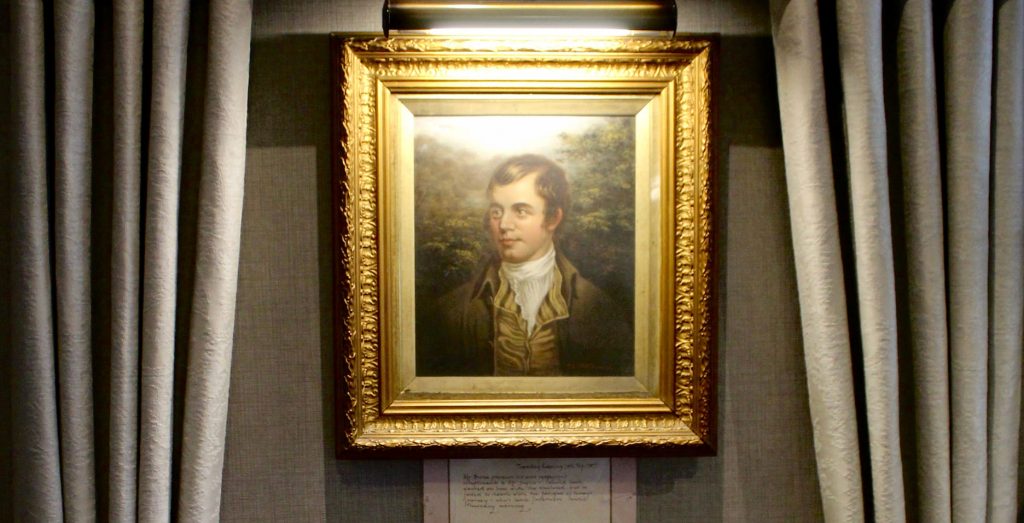
The Early Days
Throughout the years, the Kingsmills changed considerably. In 1853, it was enlarged, and in 1906, a small tower was added to the front of the building. But the beautiful building we all know and love wasn’t the only thing to undergo a significant change. In 1900, the Kingsmills Estate, which included the house, the King’s Mill and the extensive land, was up for sale. In fact, the house changed hands several times during the first half of the 20th century. During the Second World War, it was home to the Northern Fire Service. And in 1946, it was acquired by the MacLeod family and converted into a small private hotel. Since then, the hotel has been sold, refurbished and renovated a number of times. The rest. As the saying goes, is history.
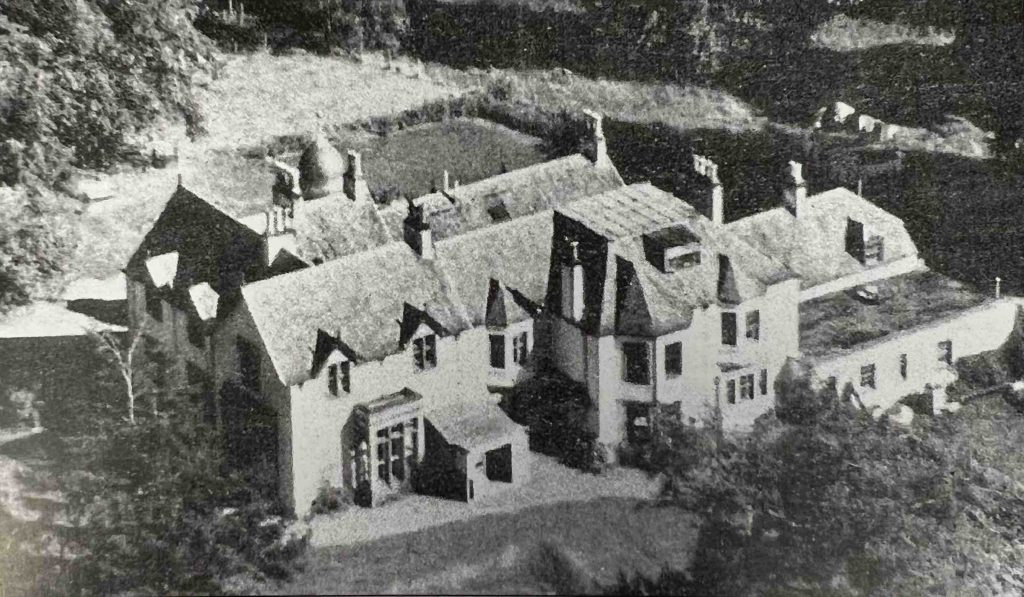
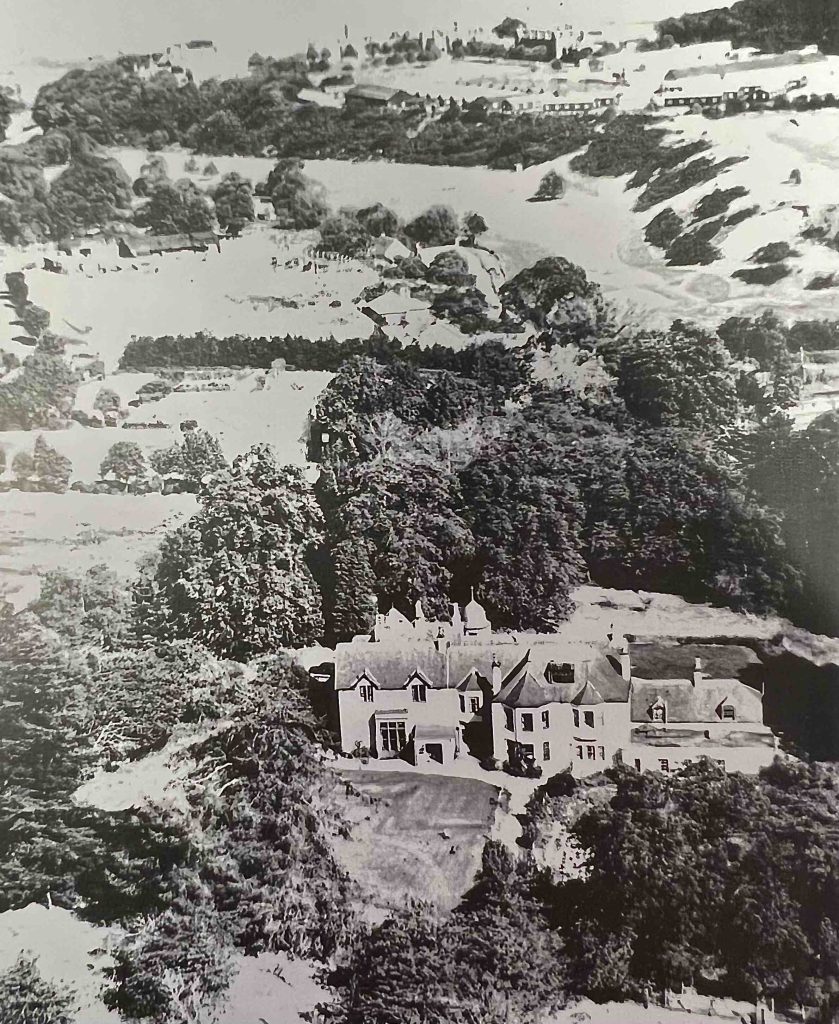
Anniversary
In November 2022, the Kingsmills team celebrated 15 years of private ownership; one of the most transformative periods in the history of Kingsmills House. The welcomed growth of the hotel included additional bedrooms, a world-class conference and events facility and the building of the luxurious Kingsclub Rooms & Suites.
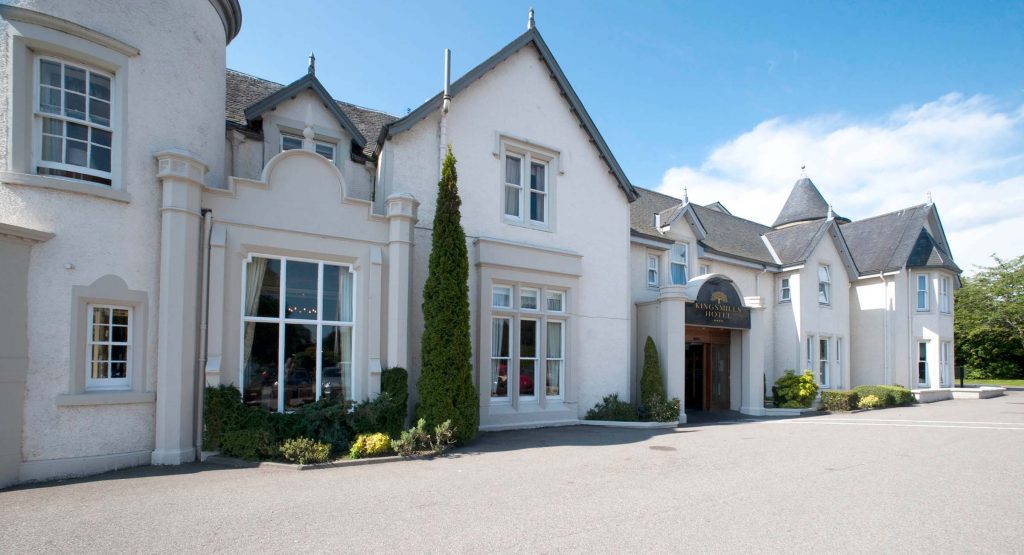
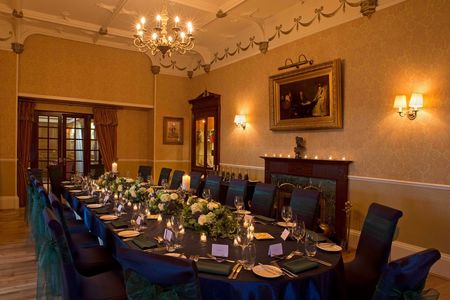
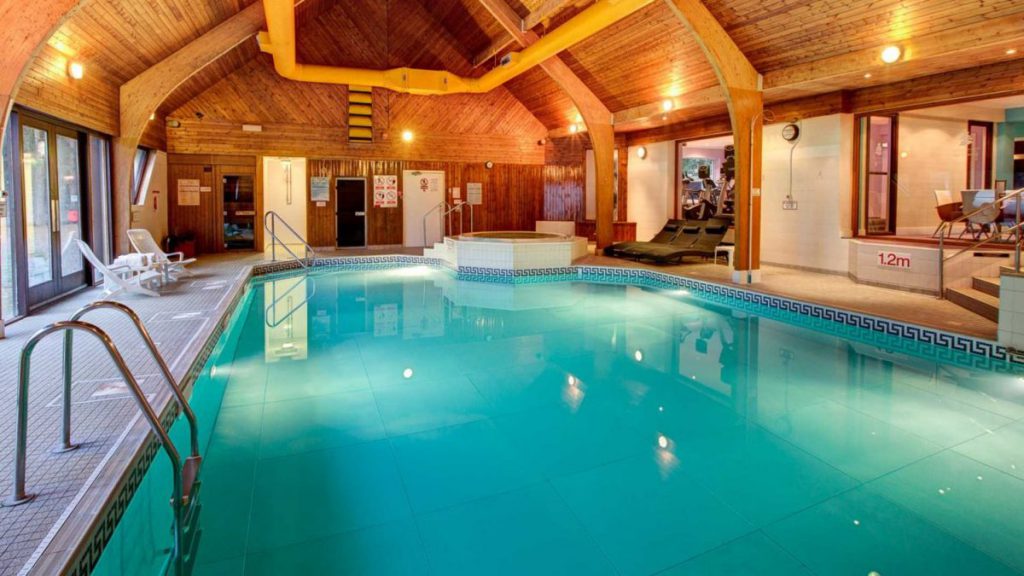
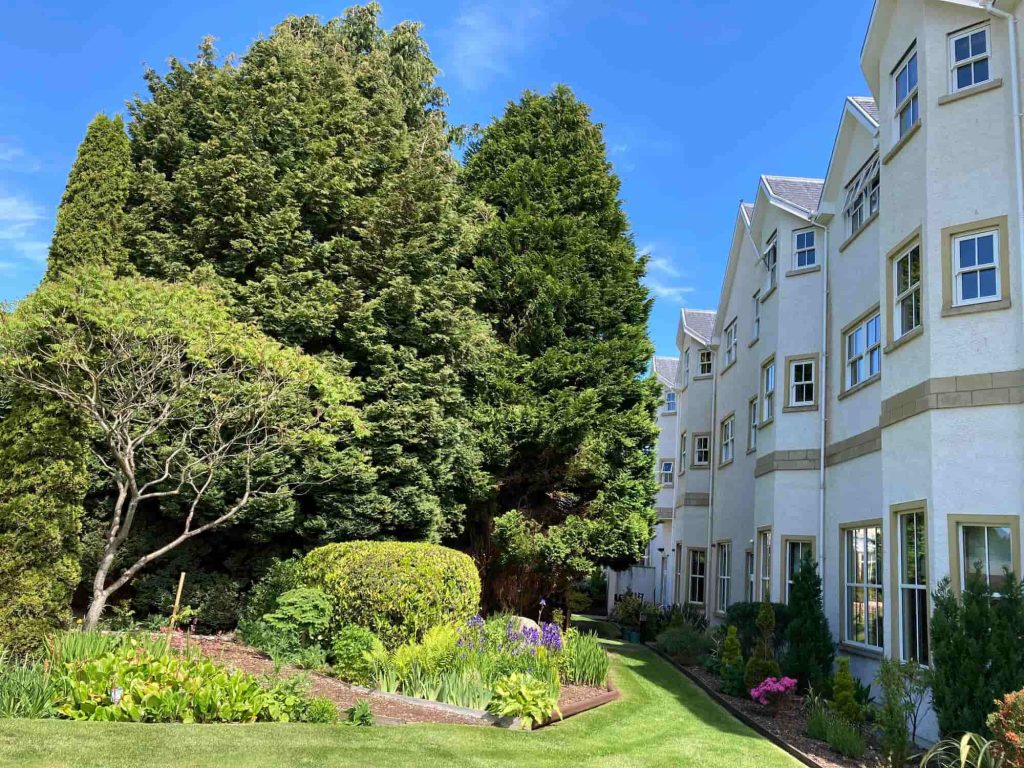
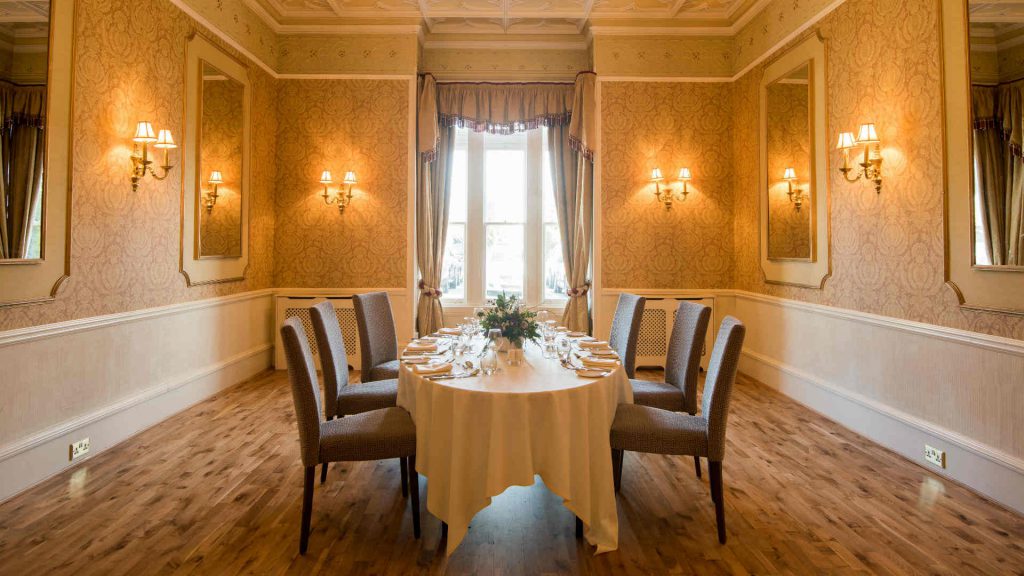
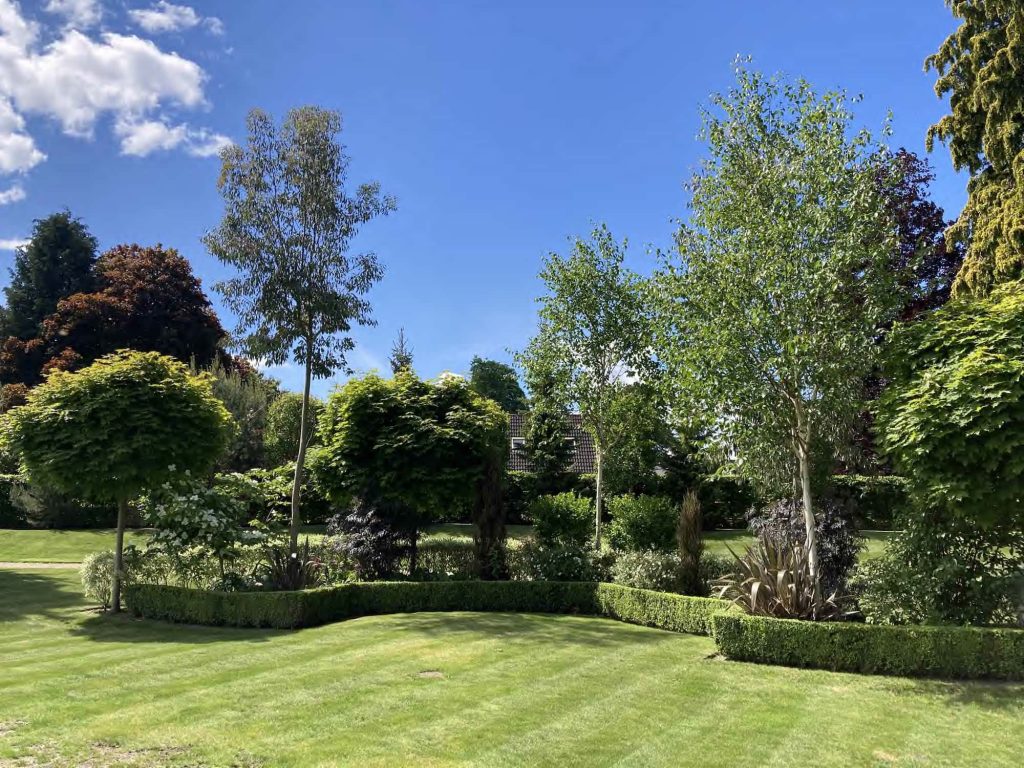
While the Kingsmills has played a significant role in shaping the history of Inverness, one thing is certain. Its warmth, charm and hospitality throughout the years has truly stood the test of time.

 Car Charging
Car Charging